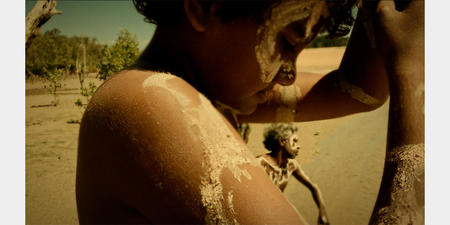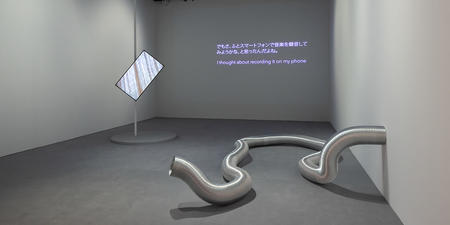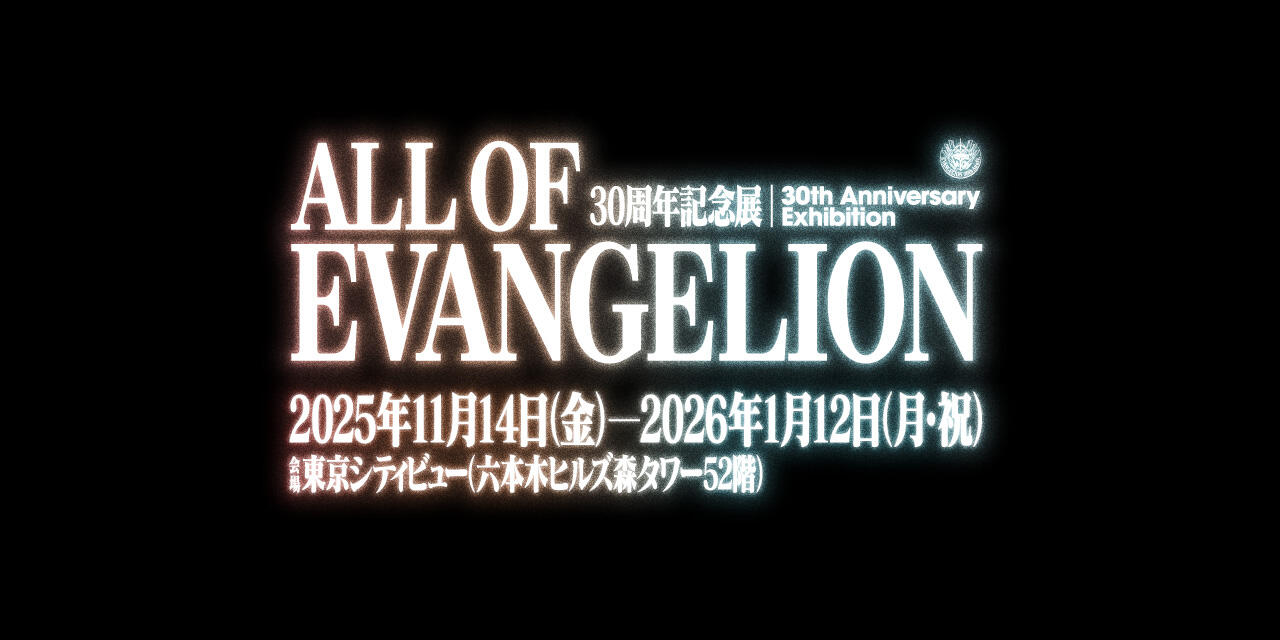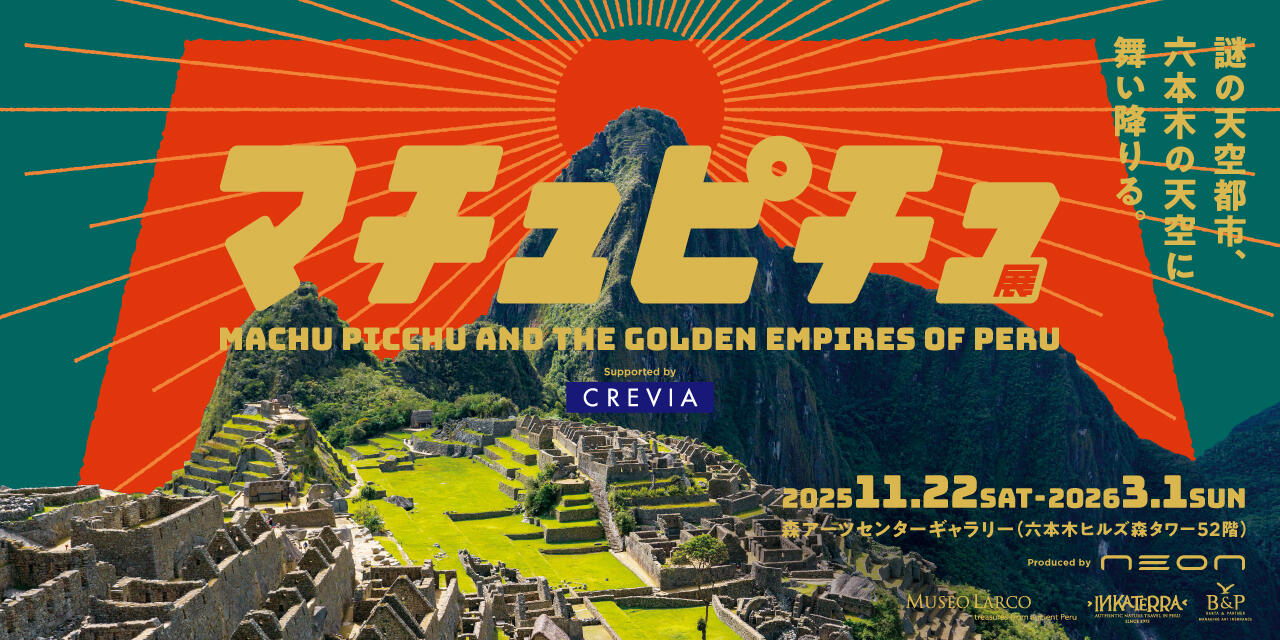Contemporary Art’s Contributions in Challenging the Environmental Crisis
What contributions can contemporary art make in challenging the environmental crisis, a pressing issue of utmost importance common to the entire world, and how can it raise awareness of the issue as our own? The exhibition will decipher the concepts, metaphors, materials, and production processes behind works by 34 artists from 16 countries around the world, and we will together consider the possibilities for the future.
An Ecological Decoding of Japanese Society and Contemporary Art History
Chapter 2 titled “Return to Earth - Art & Ecology in Japan, 1950s-1980s” assembled by guest curator Bert Winther-Tamaki characterizes this exhibition in the Japanese context among environmental problem-related exhibitions held around the world. It shows how Japanese artists from the 1950s to the 1980s addressed topical social issues of the time such as pollution and radioactive contamination.
Networks, Not Objects: Many Exciting New Works from High-Profile International Artists
Every effort has been made with this exhibition to keep the transport of actual objects (works) to a minimum, instead planned for the artists to come to Japan in person and make new works here. Seeing artists as vehicles for culture, the exhibition thus finds ecological value not so much in the movement of objects, as the forging of interpersonal networks and bonds. Newly-commissioned works for the exhibition by international artists are based on their research in Japan and will fill up more than a half of the gallery space.
Reuse of the Everyday
Our Ecology: Toward a Planetary Living will feature numerous works that reuse materials. These include pressed weeds collected after a protocol set by Jef Geys from a one-kilometer radius of the Mori Art Museum; Kate Newby’s installation assembled from items discovered en route from Roppongi to Ginza; Daniel Turner connecting two sites and perspectives on ocean ecologies with a new work, using instrument from a discarded Japanese chemical freighter dismantled in the world’s largest shipbreaking yard in Alang, India, Yasura Takeshi’s installation juxtaposing slag obtained by melting rubbish at a high temperature, to marble, and Nina Canell’s work that gives visitors the chance to experience the sound and sensation of trampling seashells that will then be reused as raw material in cement.
Environmentally-Friendly Exhibition Design
The displays for Our Ecology: Toward a Planetary Living have been designed with the environment in mind, for example, by partially reusing parts of display walls and wall panels from the previous exhibition, and eschewing painted finishes. Other efforts to save resources include employing the world’s first 100-percent recyclable plasterboard, reducing waste by employing construction components made from recycled materials, and reusing various other materials.

Muscle Memory (7 Tonnes)
2022
Hardscaping material from marine mollusc shells
Dimensions variable
Installation view: Tectonic Tender, Berlinische Galerie Museum of Modern Art, Berlin
Photo: Nick Ash
* Referential image

Muscle Memory (7 Tonnes)
2022
Hardscaping material from marine mollusc shells
Dimensions variable
Installation view: Tectonic Tender, Berlinische Galerie Museum of Modern Art, Berlin
Photo: Nick Ash
* Referential image

Arrow of Time
2023
Video installation
16 min.

Arrow of Time
2023
Video installation
16 min.








